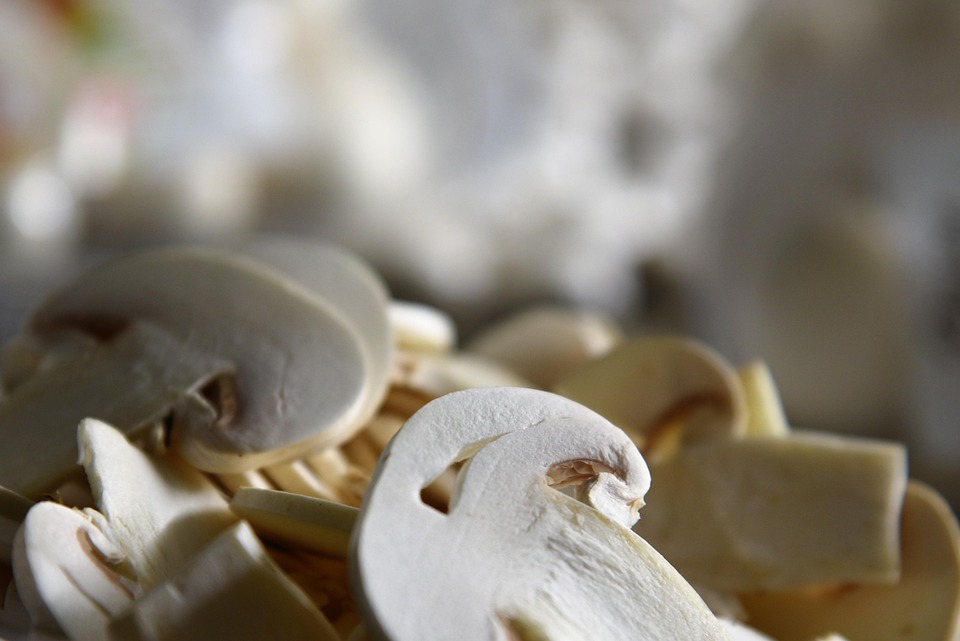# Sustainable Gardening: Plants That Help Save Water and Reduce Waste
In the heart of my garden, a delightful patch of vibrant colors and scents existed long before I knew how to harness the harmony of nature. The first bloom I nurtured was a resilient marigold, its bright orange petals resiliently standing tall through various weather challenges. Little did I know then that this flower would not only beautify my space but also fend off pesky pests while conserving precious water. That initial encounter sparked my lifelong passion for sustainable gardening—a passion dedicated to growing plants that not only enrich our lives but also nurture the environment.
In today’s fast-paced world, many of us are becoming increasingly aware of our ecological footprint. The good news is that gardening can be both a source of joy and a means to practice sustainability. Sustainable gardening can take many forms, from preserving water to minimizing waste. By choosing the right plants, you can create a thriving garden that’s easy on the environment—and on your maintenance time, too!
## The Importance of Sustainable Gardening
Sustainable gardening is an approach that focuses on environmentally friendly practices. It aims to create a balance where we utilize resources responsibly while enhancing biodiversity. In an era where water scarcity and waste are pressing issues, adopting sustainable gardening techniques can make a significant difference. According to the EPA, outdoor watering can account for about 30% of total water use in a household. By selecting plants that require less water, you can join the effort to conserve this precious resource.
**Benefits of Sustainable Gardening**:
1. **Conserves Water**: Choosing drought-resistant plants can dramatically reduce your water usage.
2. **Reduces Waste**: Composting garden scraps and yard waste turns potential waste into rich, natural fertilizer.
3. **Improves Soil Health**: Sustainable practices like crop rotation enhance soil quality.
4. **Supports Biodiversity**: Planting native species helps local wildlife thrive.
## Choosing the Right Plants
When it comes to sustainable gardening, the first step is to select plants that naturally require less water and can thrive in your particular climate. Here’s a roundup of plants that not only conserve water but also help to reduce waste—providing you with a beautiful and functional garden.
### 1. Native Plants
**Why Them?**: Native plants are perfectly adapted to their local environment, meaning they require less water and minimal maintenance. They also attract beneficial insects, birds, and other wildlife.
**Examples**:
– **Coneflower (Echinacea)**: A stunning flower that attracts pollinators and withstands periods of drought.
– **Black-eyed Susan (Rudbeckia)**: Hardy and visually striking, this plant thrives in dry conditions while offering brilliant yellow blooms.
### 2. Succulents and Cacti
**Why Them?**: These plants are well-known for their ability to store water in their leaves, making them perfect for arid gardens or those looking to use less water.
**Examples**:
– **Aloe Vera**: Not only is aloe easy to grow, but it also provides soothing gel for cuts and burns!
– **Sedum**: This hardy plant comes in various shapes and sizes and can thrive in poor soils.
### 3. Mediterranean Herbs
**Why Them?**: Varieties like rosemary and thyme are not only aromatic but they flourish in dry, sunny environments.
**Examples**:
– **Lavender**: A beautiful and fragrant herb that attracts bees and requires little water once established.
– **Sage**: This hardy herb can add flavor to your dishes while requiring minimal care.
### 4. Perennial Vegetables
**Why Them?**: Perennials come back year after year, reducing the need for replanting, which means less waste and soil disturbance.
**Examples**:
– **Asparagus**: This nutrient-rich vegetable can thrive for up to 25 years in the garden.
– **Rhubarb**: Perfect for pies and jams, rhubarb needs moderate watering once established.
### 5. Cover Crops
**Why Them?**: Often planted during the offseason, cover crops prevent soil erosion, suppress weeds, and improve soil health.
**Examples**:
– **Clover**: Adds nitrogen to the soil and improves fertility.
– **Buckwheat**: Attracts beneficial pollinators and suppresses weeds, making it a double win!
## Effective Water Conservation Techniques
While choosing the right plants is crucial, there are additional practices you can adopt to make the most out of your water usage:
### Drip Irrigation
Instead of traditional sprinklers, consider a drip irrigation system. This method delivers water directly to the plant roots, minimizing evaporation and runoff.
### Mulching
Cover soil with organic mulch (like shredded leaves or straw) to retain moisture and suppress weeds. This not only conserves water but also enhances soil health as the mulch breaks down.
### Rain Barrels
Collect rainwater in barrels to water your garden during dry spells. This practice reduces dependency on municipal water and utilizes a natural resource effectively.
### Grouping Plants
Arrange plants with similar water needs together. This allows for more efficient watering, as you can tailor your irrigation to specific areas of your garden.
## Composting: Turning Waste into Wealth
A crucial aspect of sustainable gardening is reducing waste. Composting is an excellent method to recycle organic material and provide your garden with nutrient-rich soil. Instead of throwing away kitchen scraps and yard waste, you can convert them into “black gold.”
### What to Compost
– Fruit and vegetable scraps
– Coffee grounds and filters
– Eggshells
– Grass clippings and leaves
– Shredded paper and cardboard (avoid glossy finishes)
### Composting Tips
– **Balance Green and Brown Materials**: For effective composting, mix ‘green’ materials (nitrogen-rich) with ‘brown’ materials (carbon-rich) in a roughly 1:3 ratio.
– **Aerate Frequently**: Turn your compost pile regularly to increase oxygen and speed up the decomposition process.
– **Keep it Moist**: Your compost should be damp but not soggy. If it’s too dry, add water or more green materials.
## Pro Tips for Sustainable Gardening
1. **Start Small**: If you’re new to sustainable gardening, begin with a small plot. It’s easier and more manageable while you learn.
2. **Monitor Plant Health**: Keep an eye on your plants’ health for signs of pests or diseases. A proactive approach reduces waste and promotes sustainability.
3. **Educate Yourself on Local Flora**: Familiarize yourself with native plants and wildlife in your area for a more effective sustainable garden.
4. **Encourage Pollinators**: Plant flowers that attract bees and butterflies. A diverse ecosystem not only looks beautiful but is vital for a thriving garden.
5. **Seasonal Planting**: Rotate crops seasonally to maintain soil fertility and reduce pest buildup.
## Conclusion
Creating a sustainable garden is a rewarding journey that helps conserve our planet’s resources, reduces waste, and enriches our lives. By selecting plants that aid in water conservation and embracing productive gardening practices, you can cultivate a thriving oasis that brings beauty and purpose to your outdoor spaces.
With joy and a little care, every garden can become a haven—a place where nature flourishes, and sustainability thrives. So grab your trowel and let’s make the world a greener place, one plant at a time!



